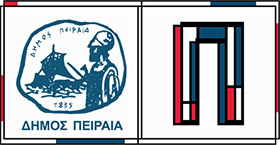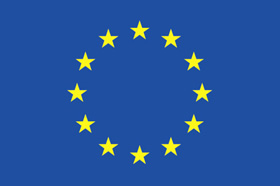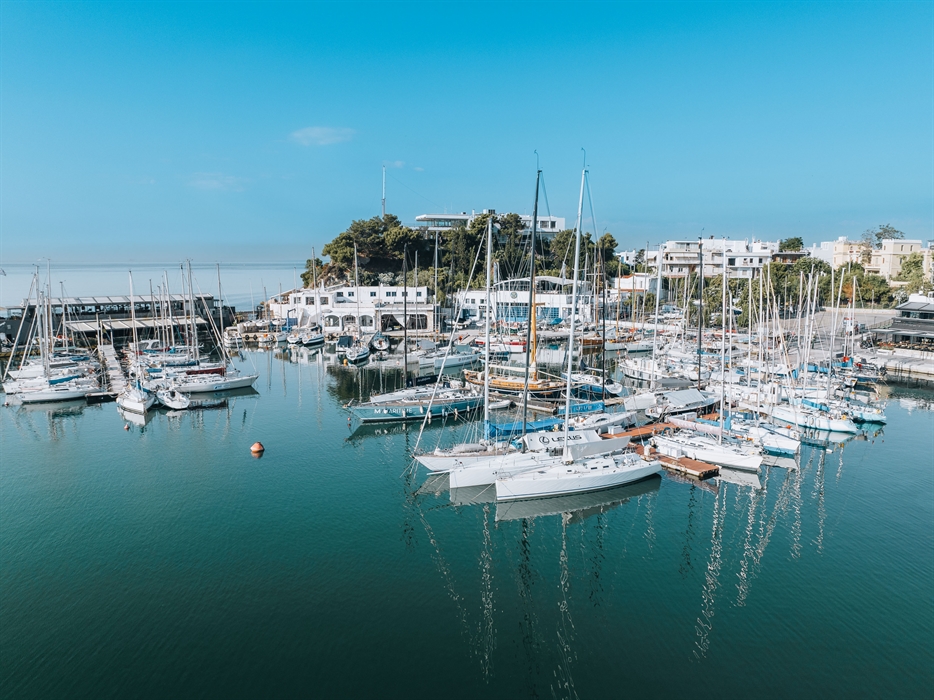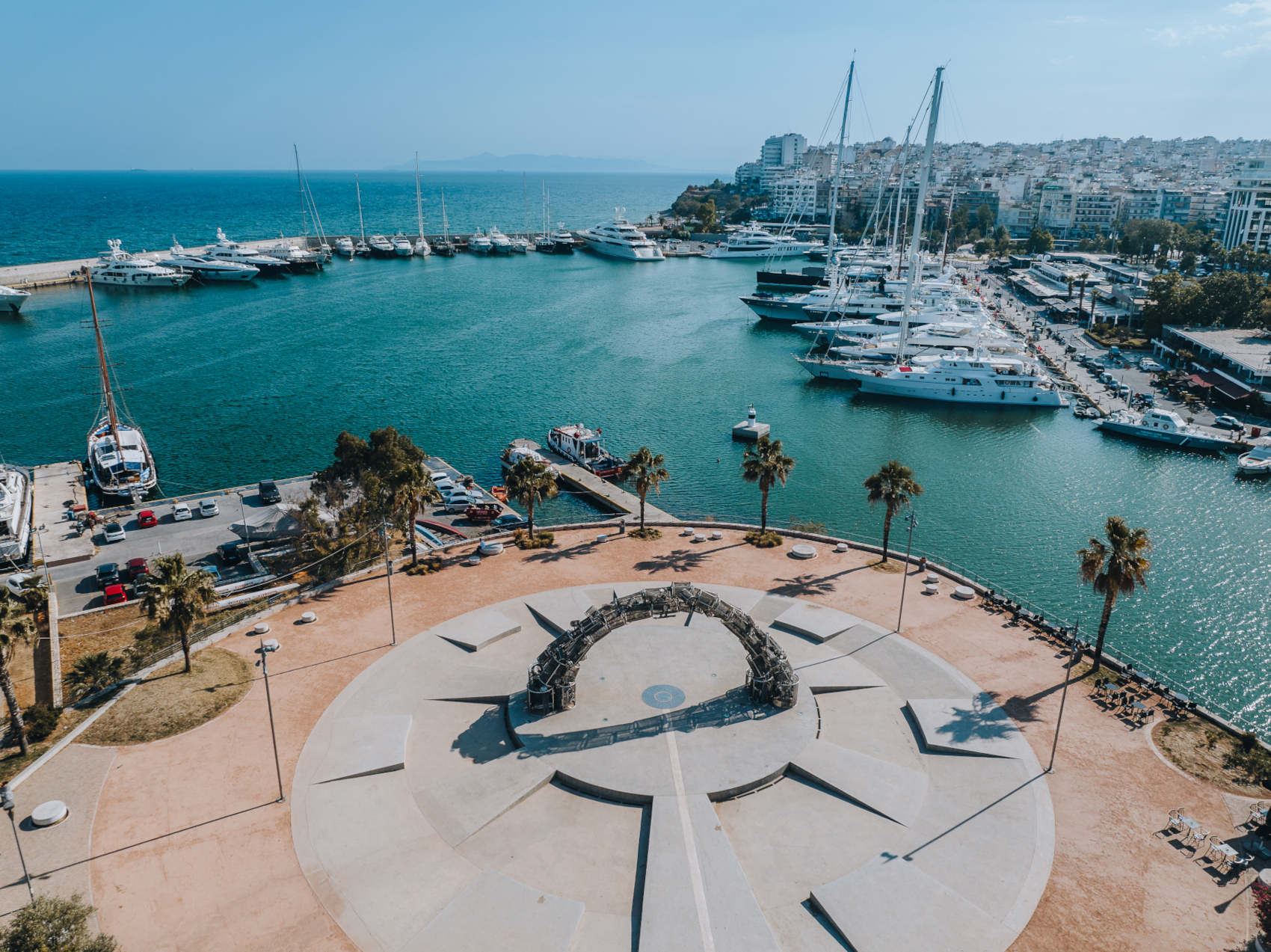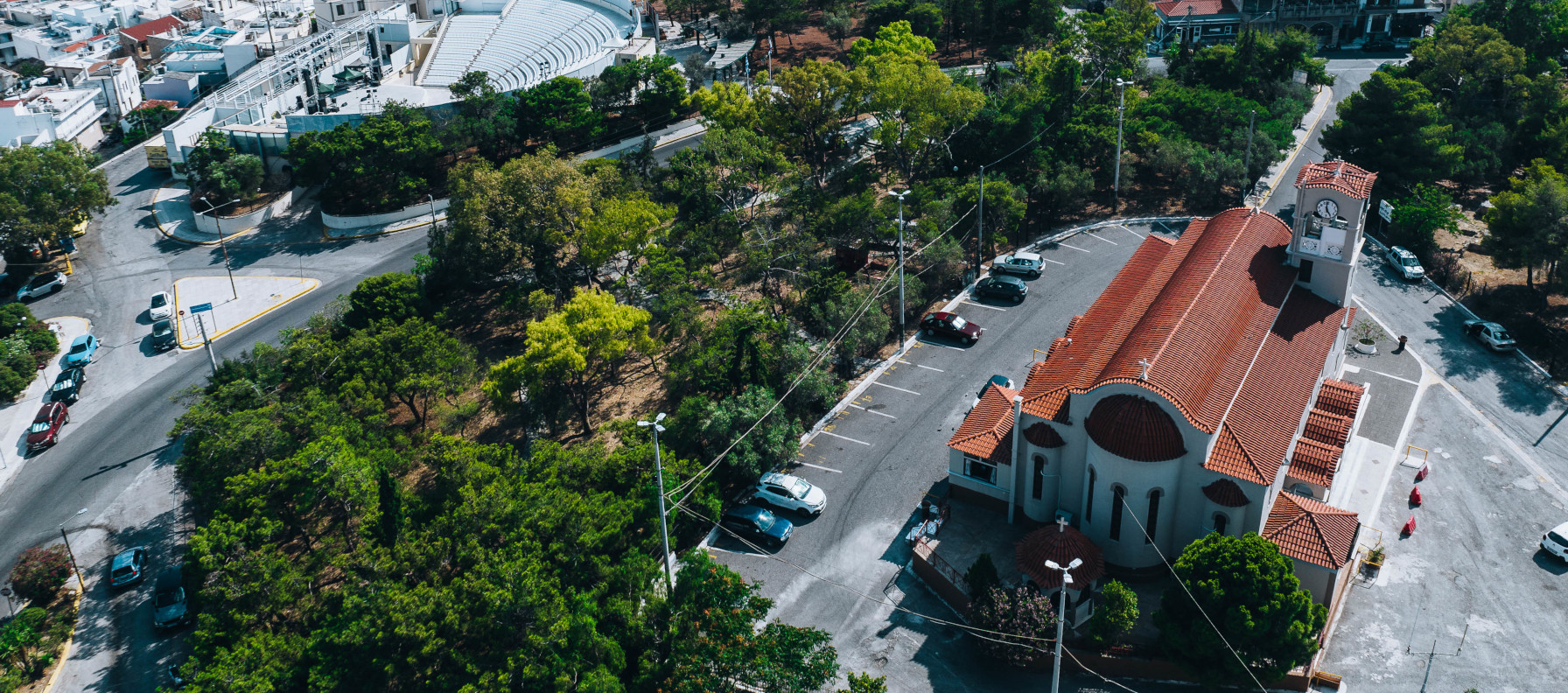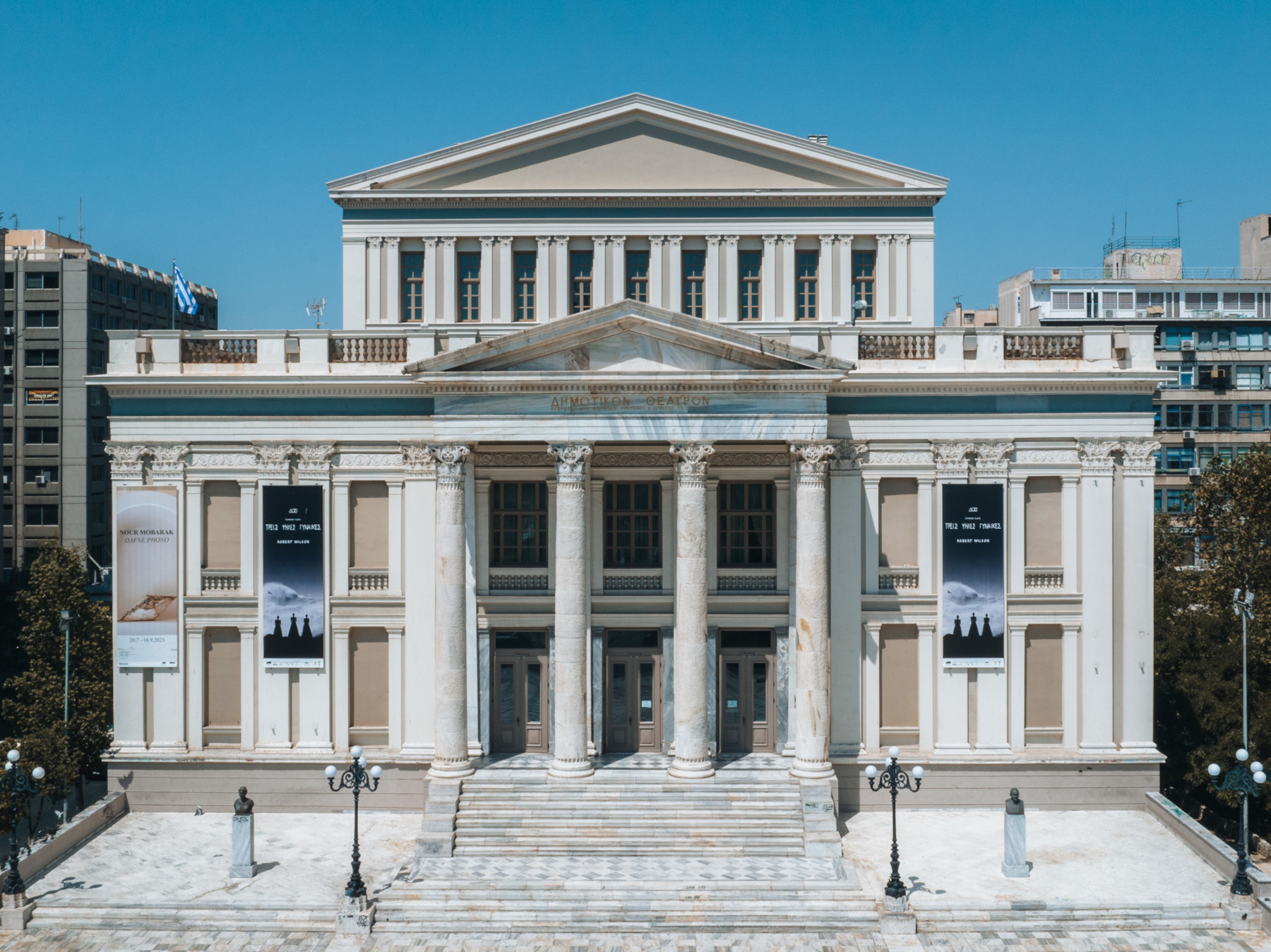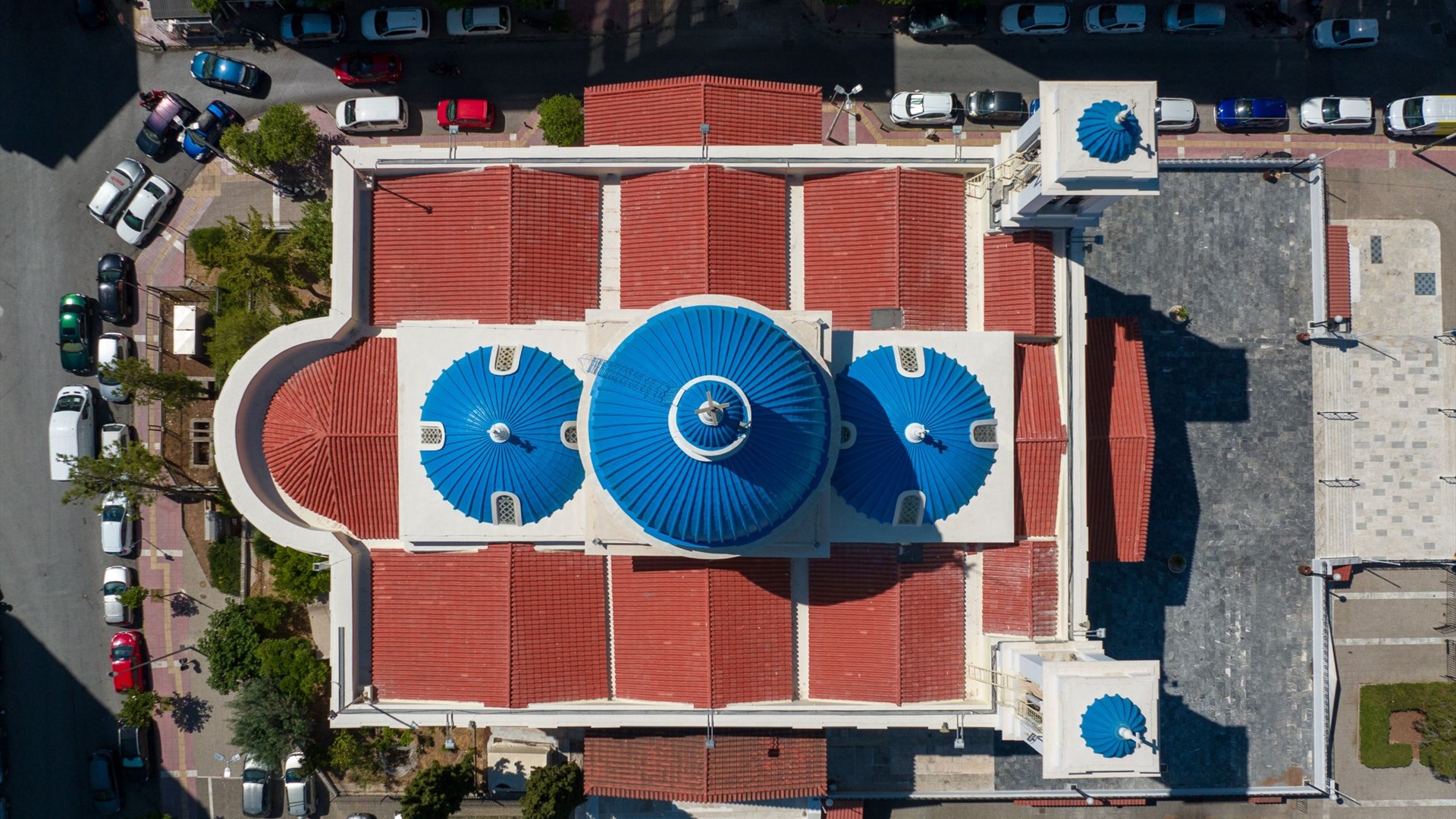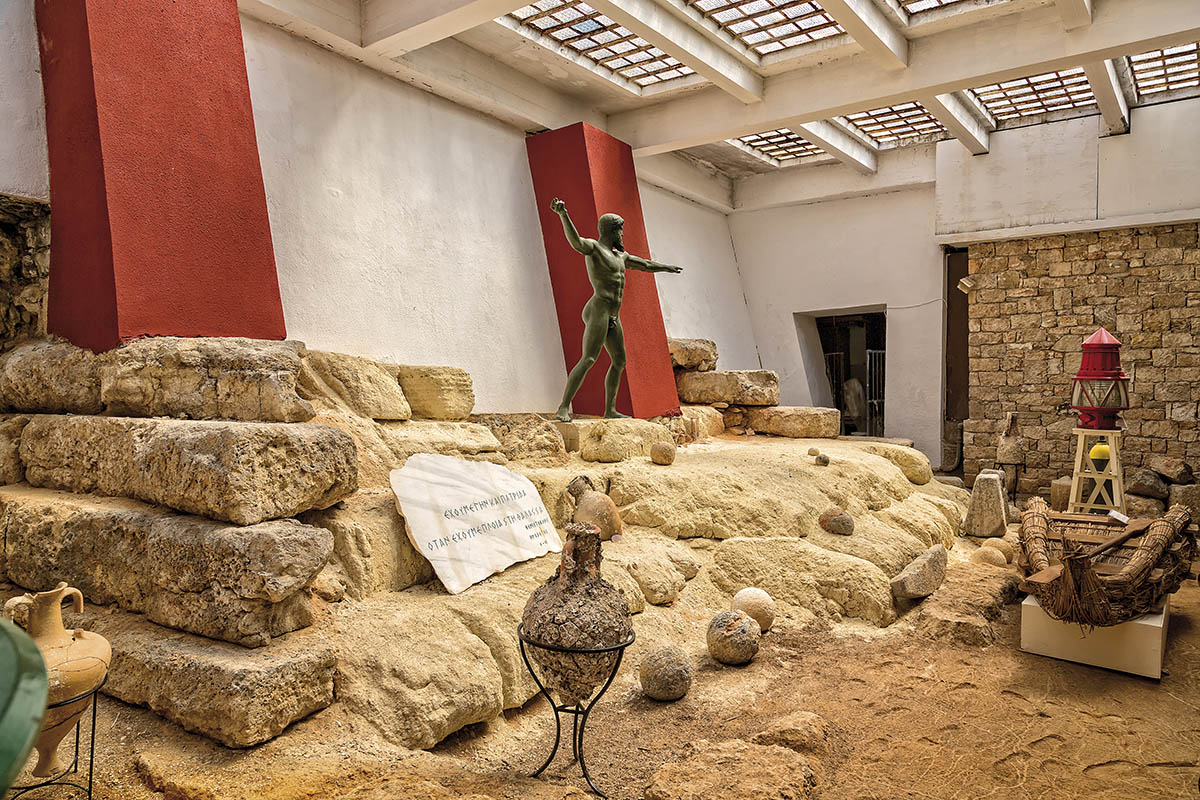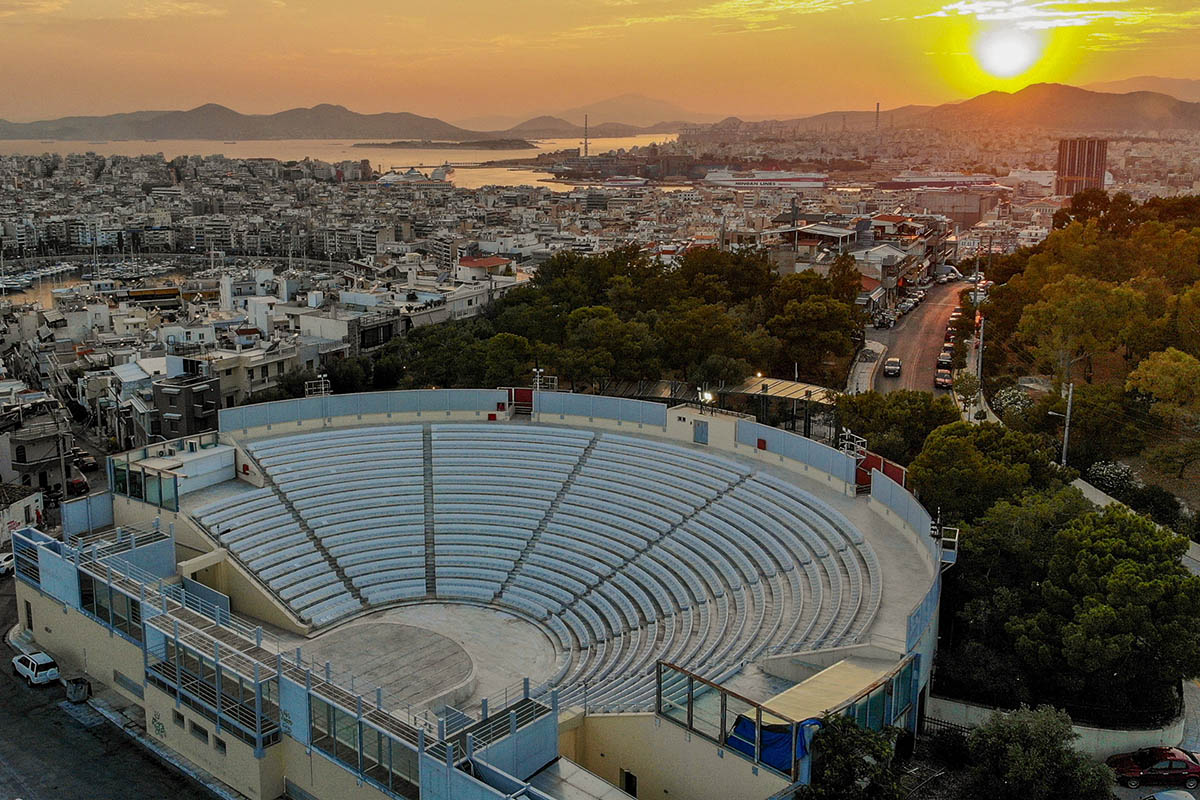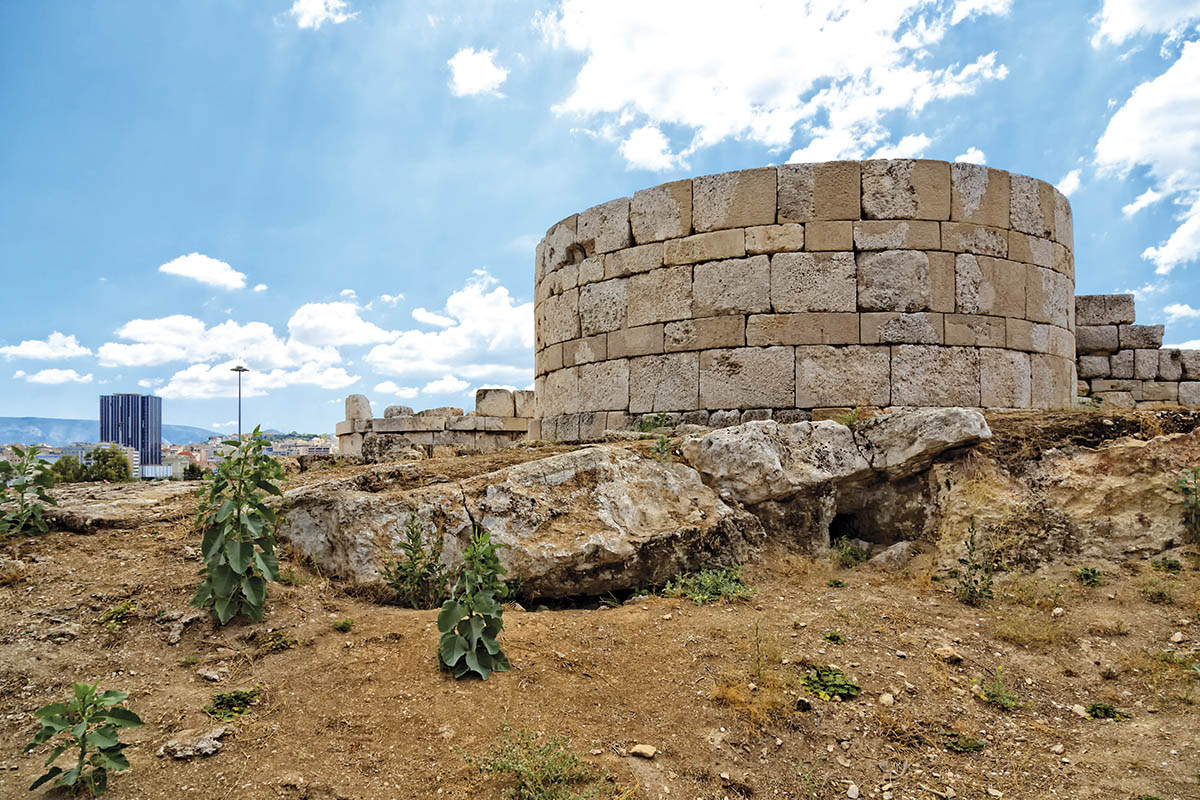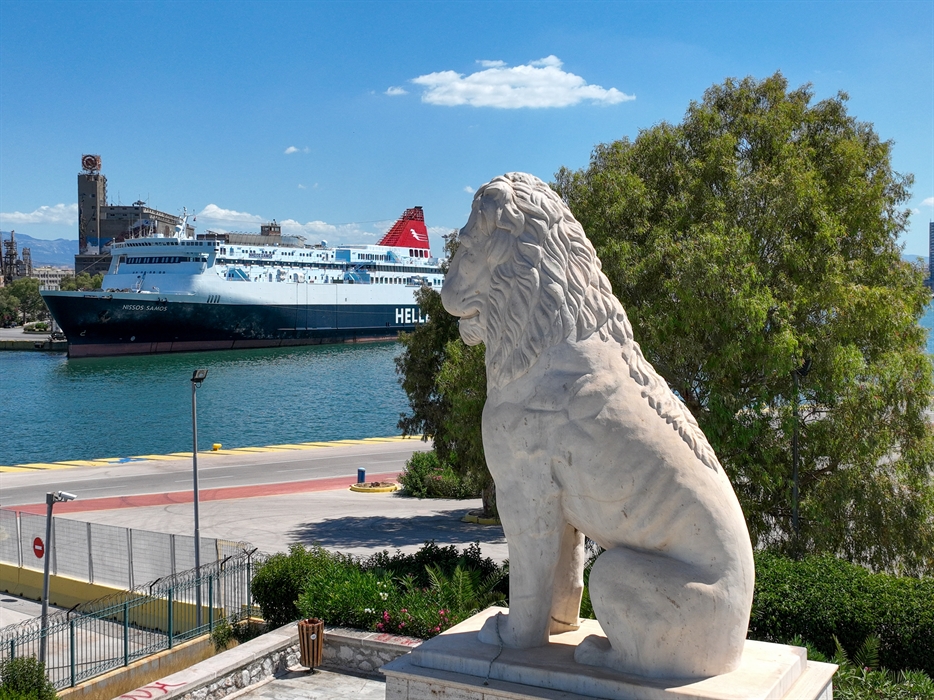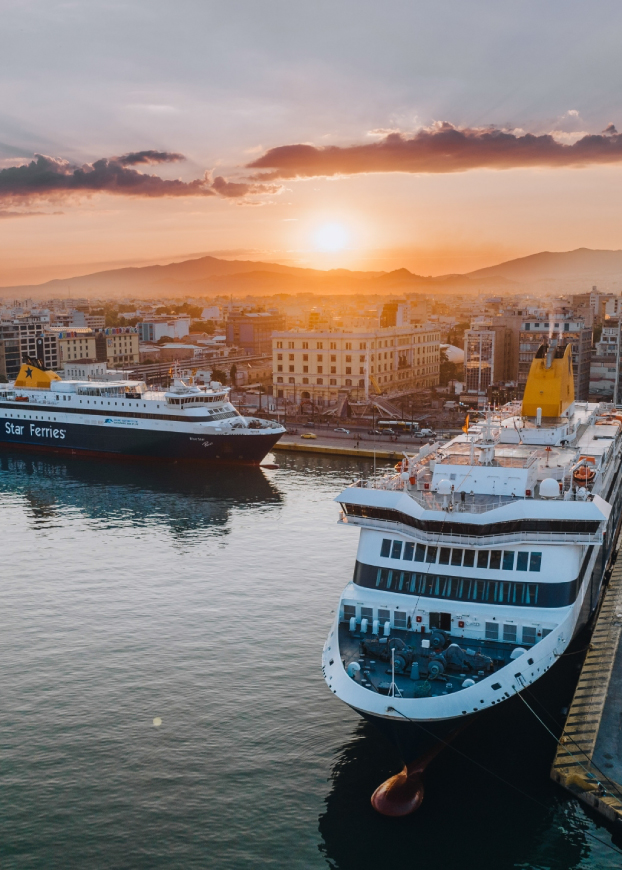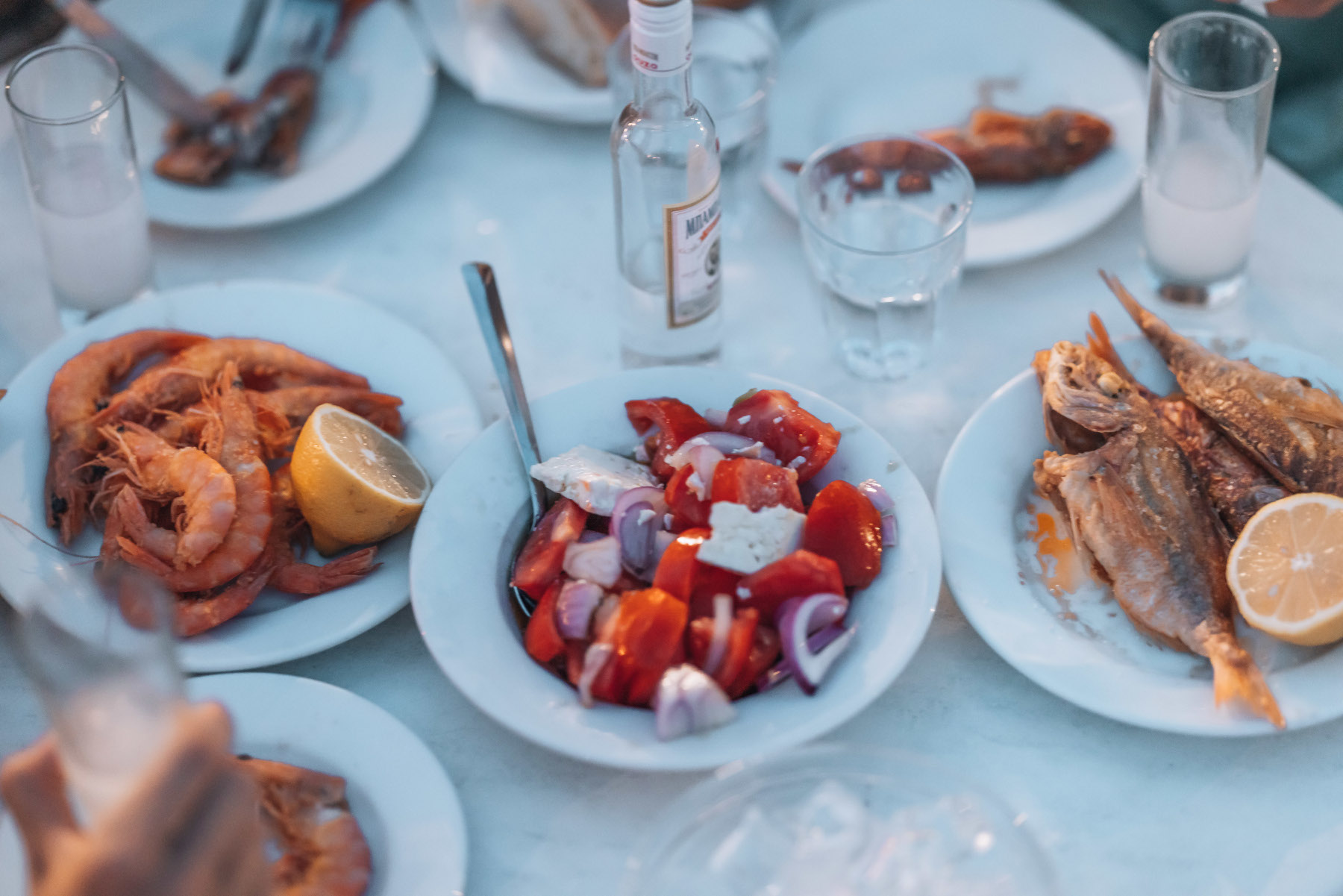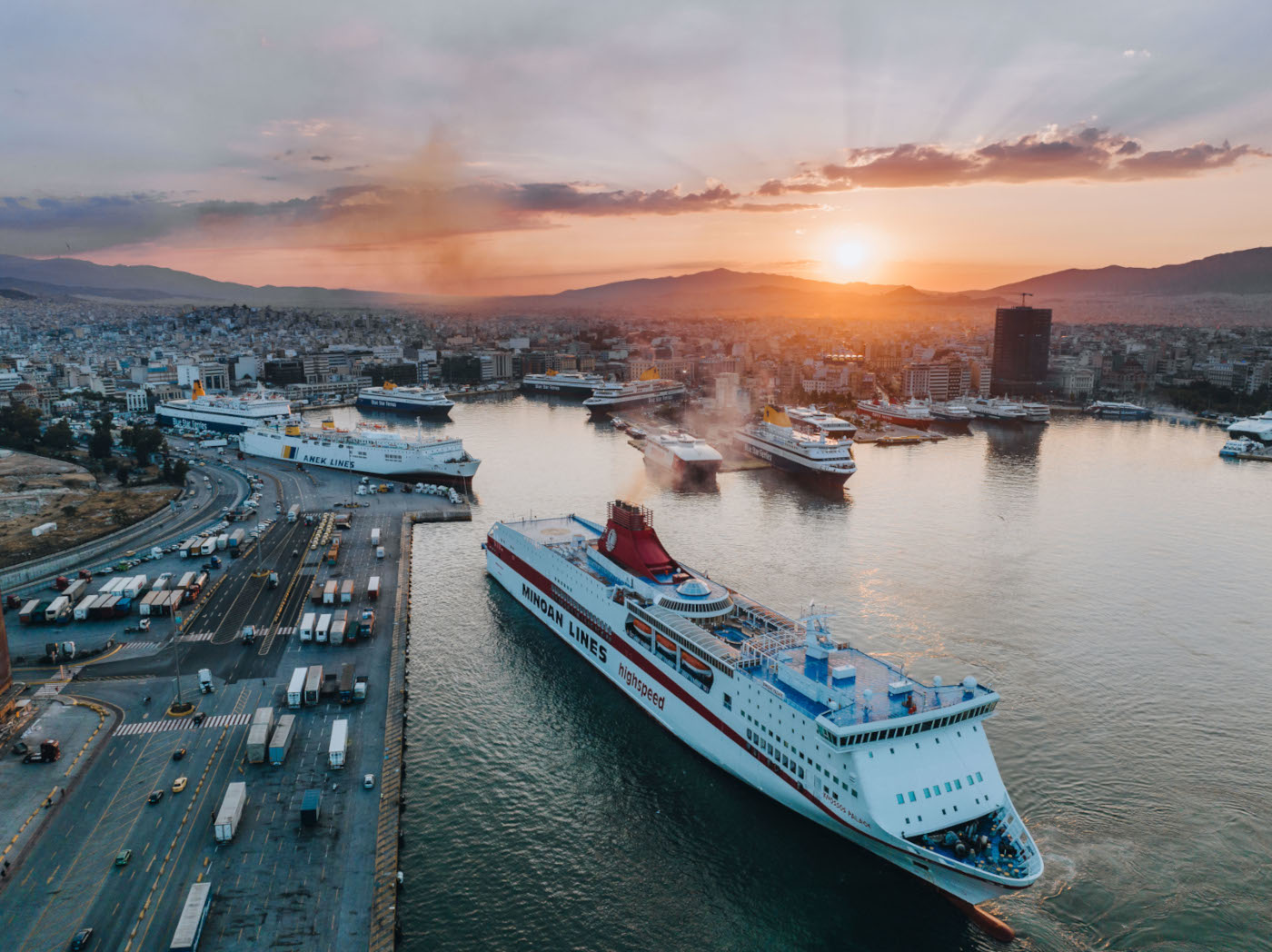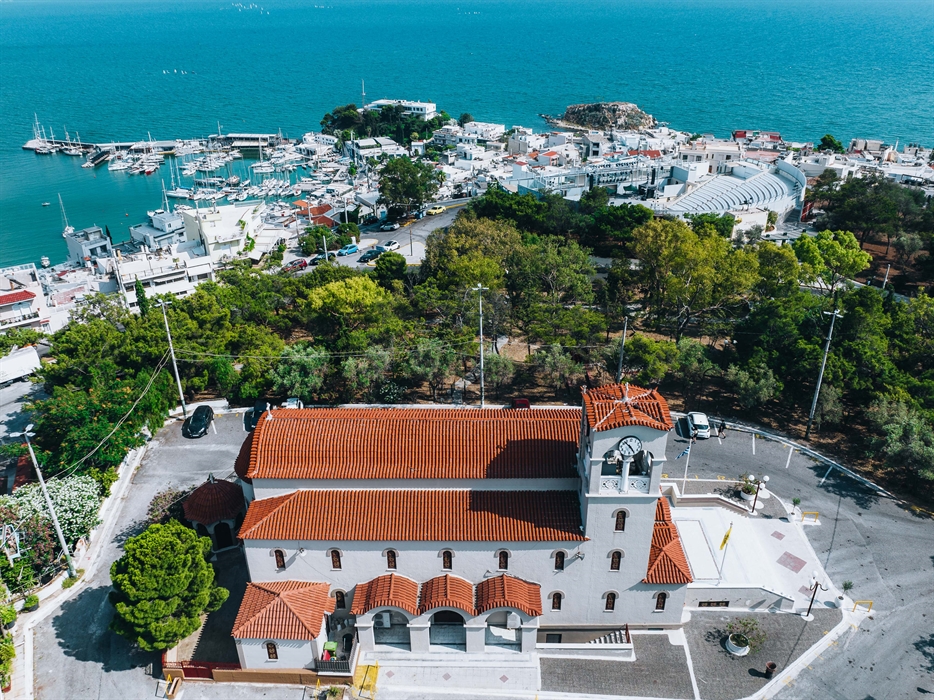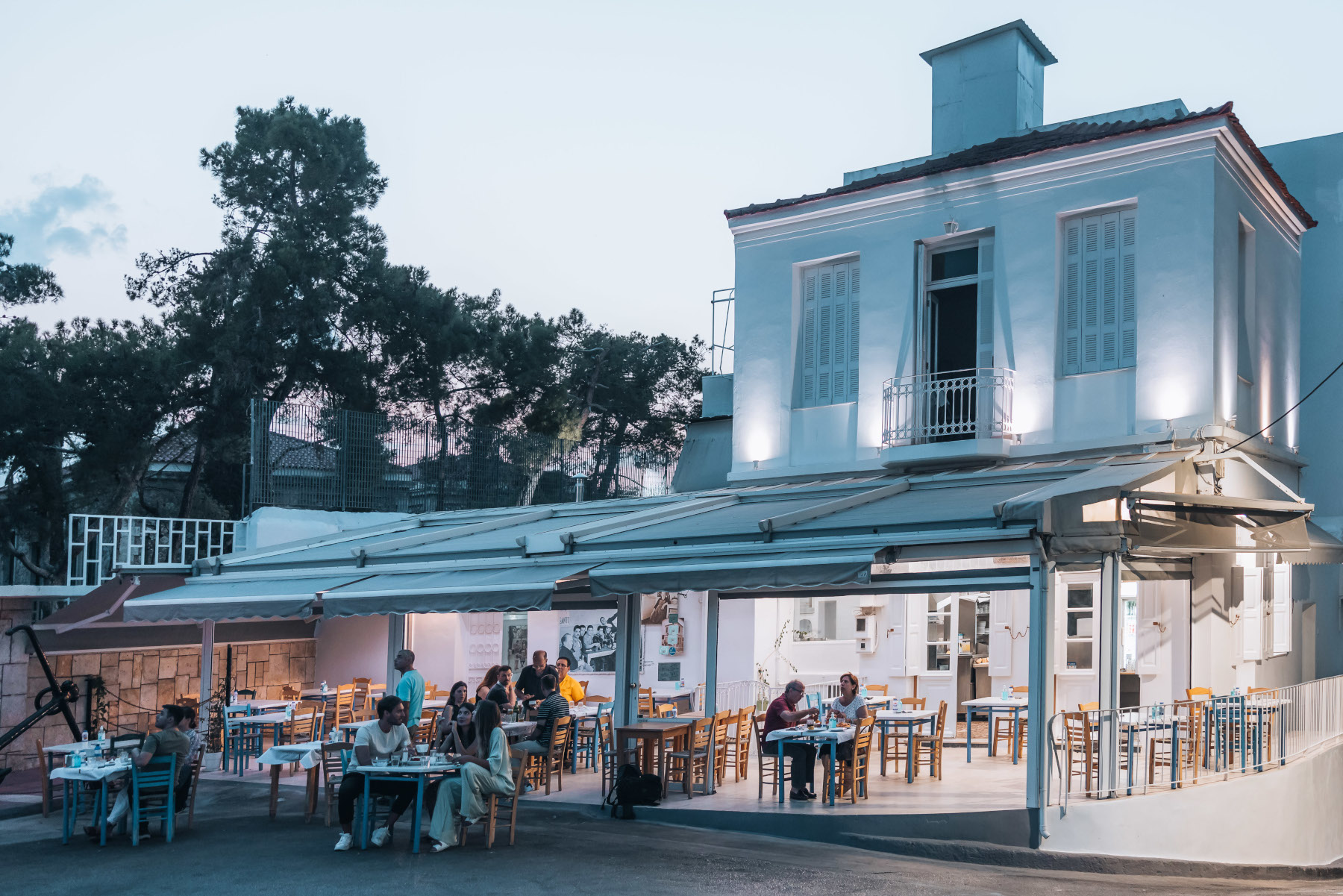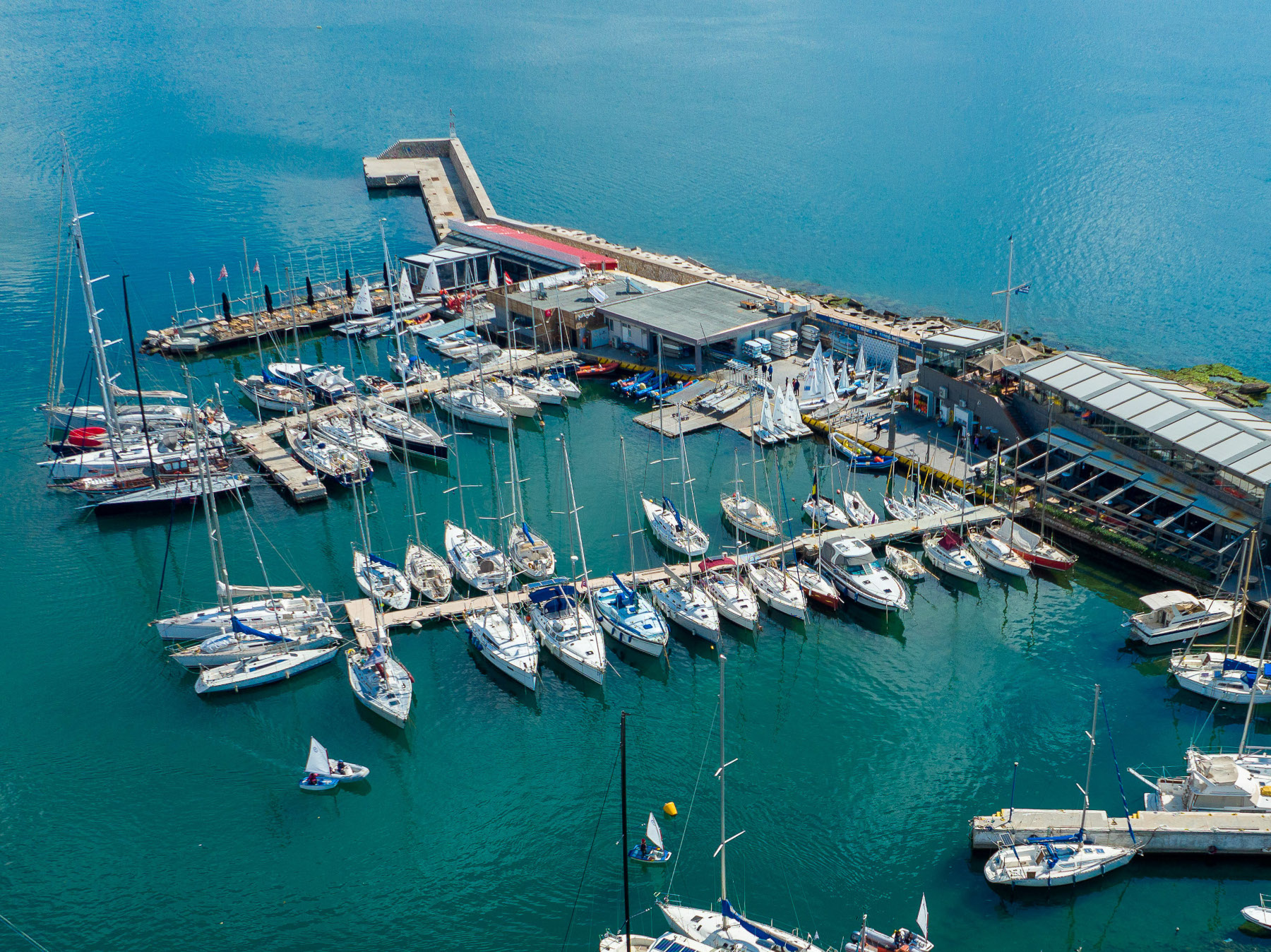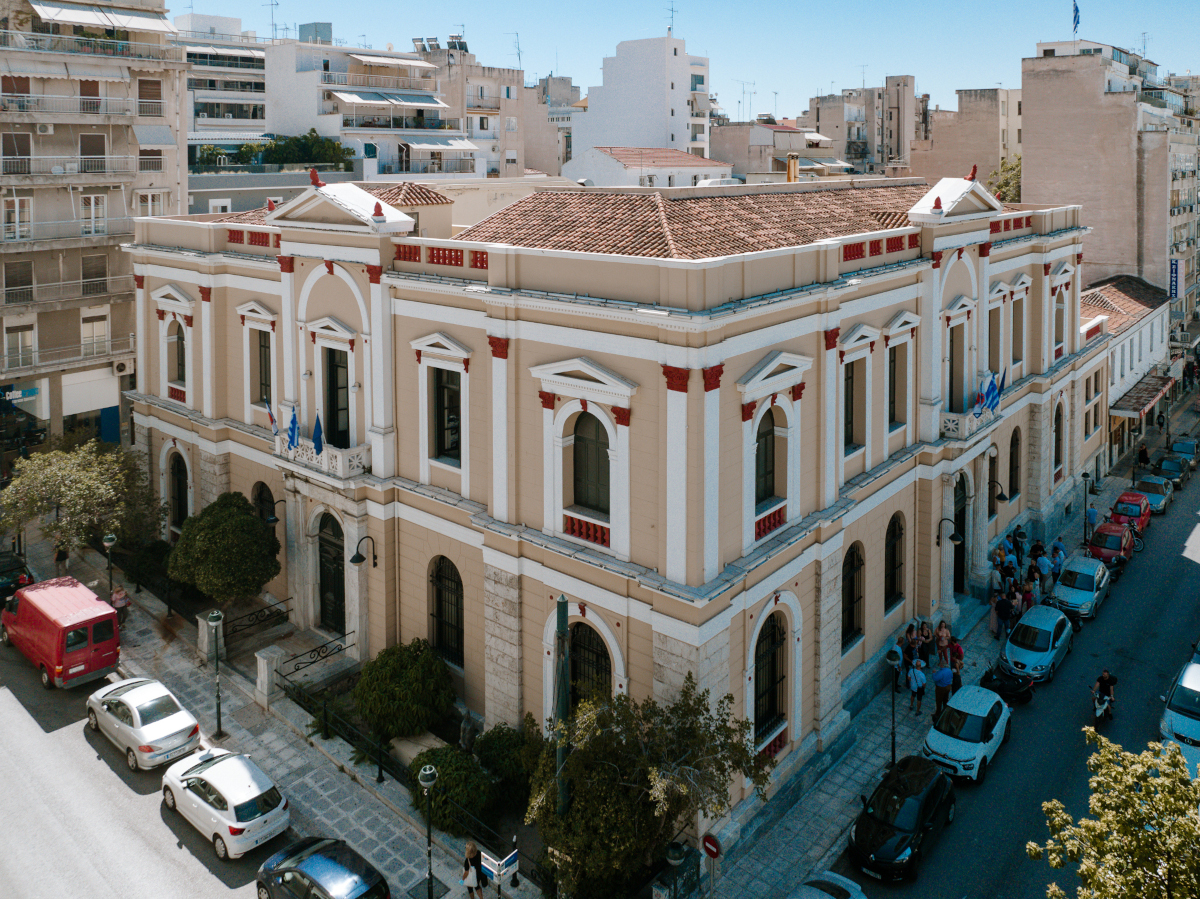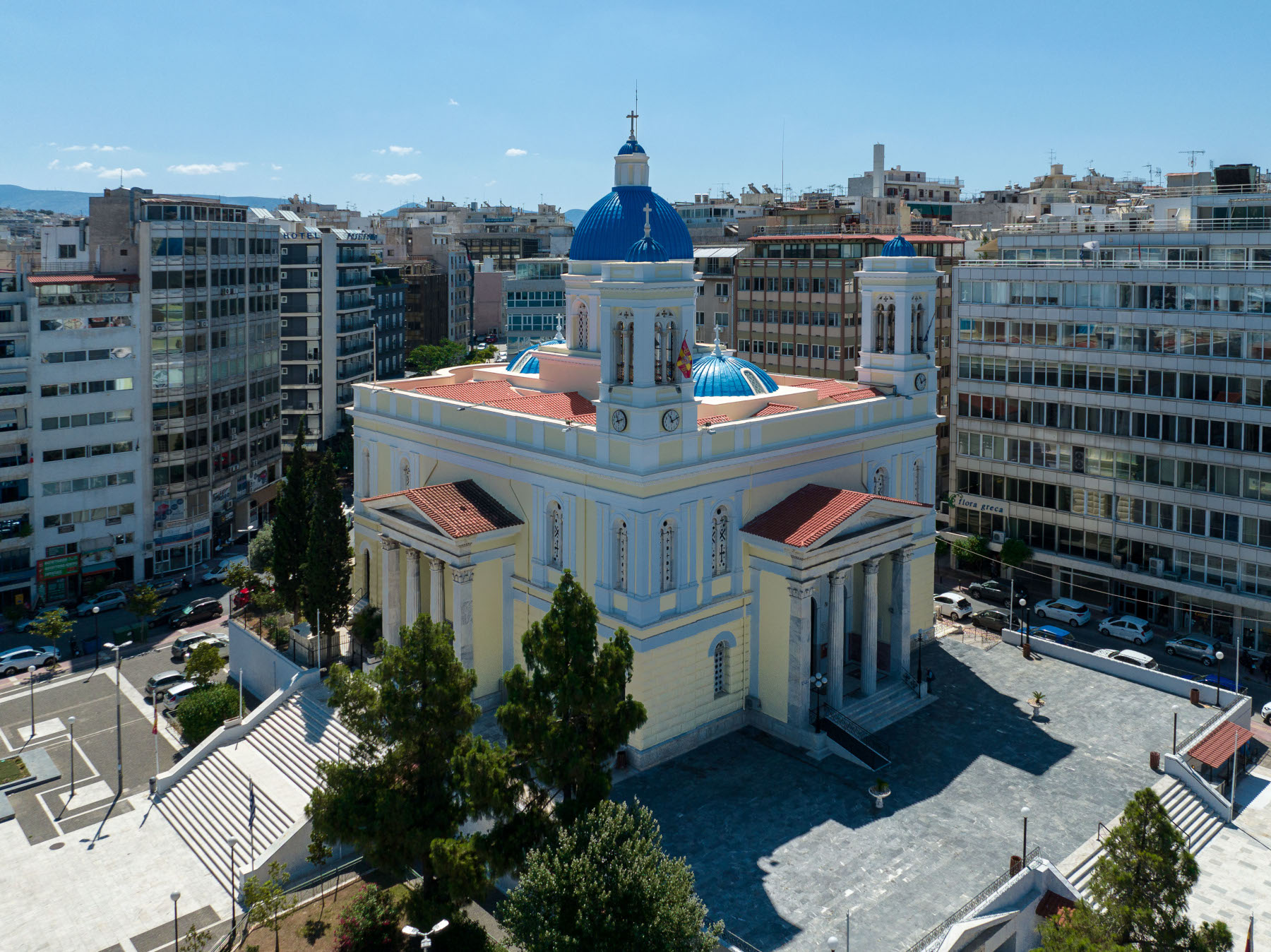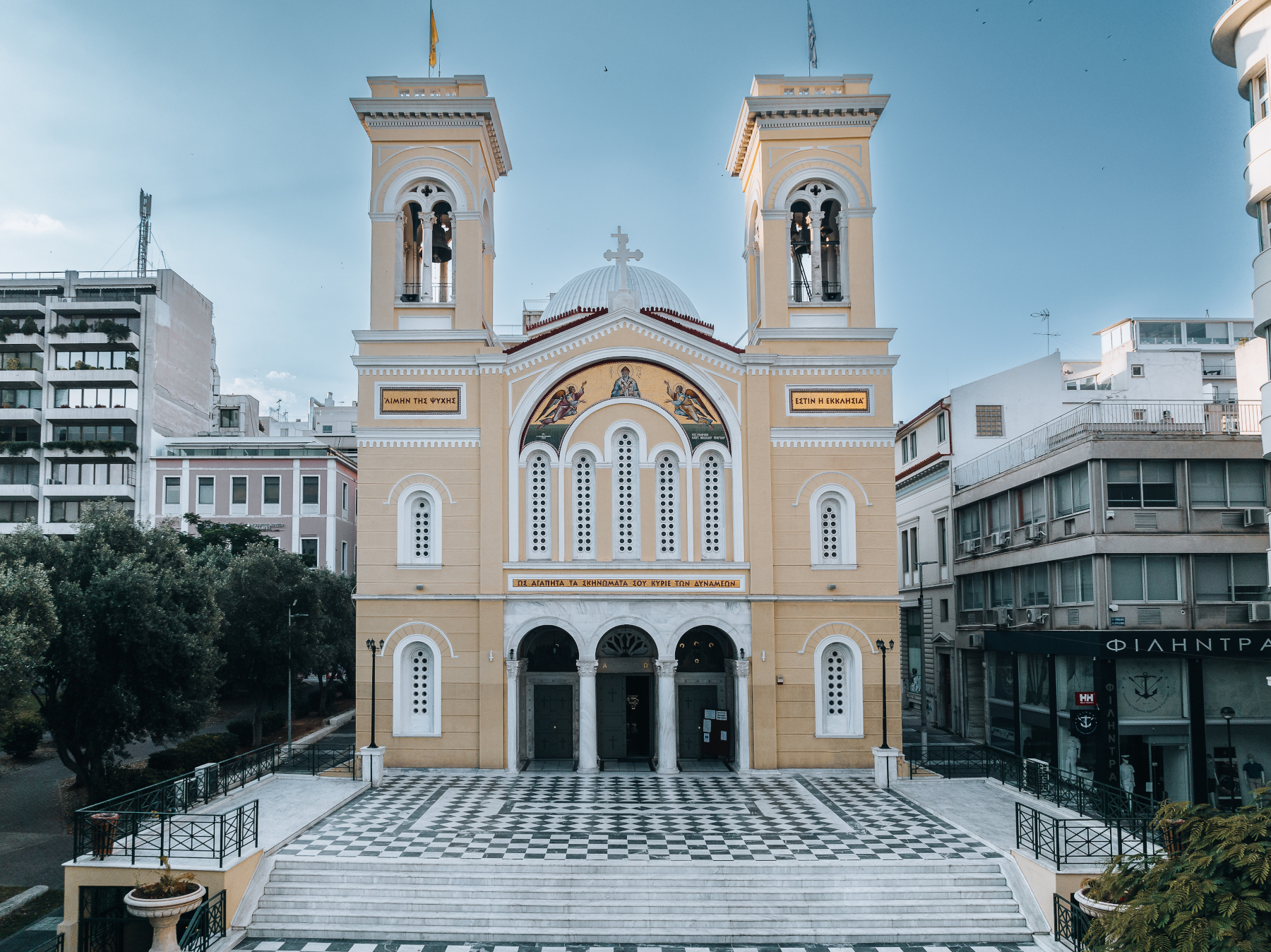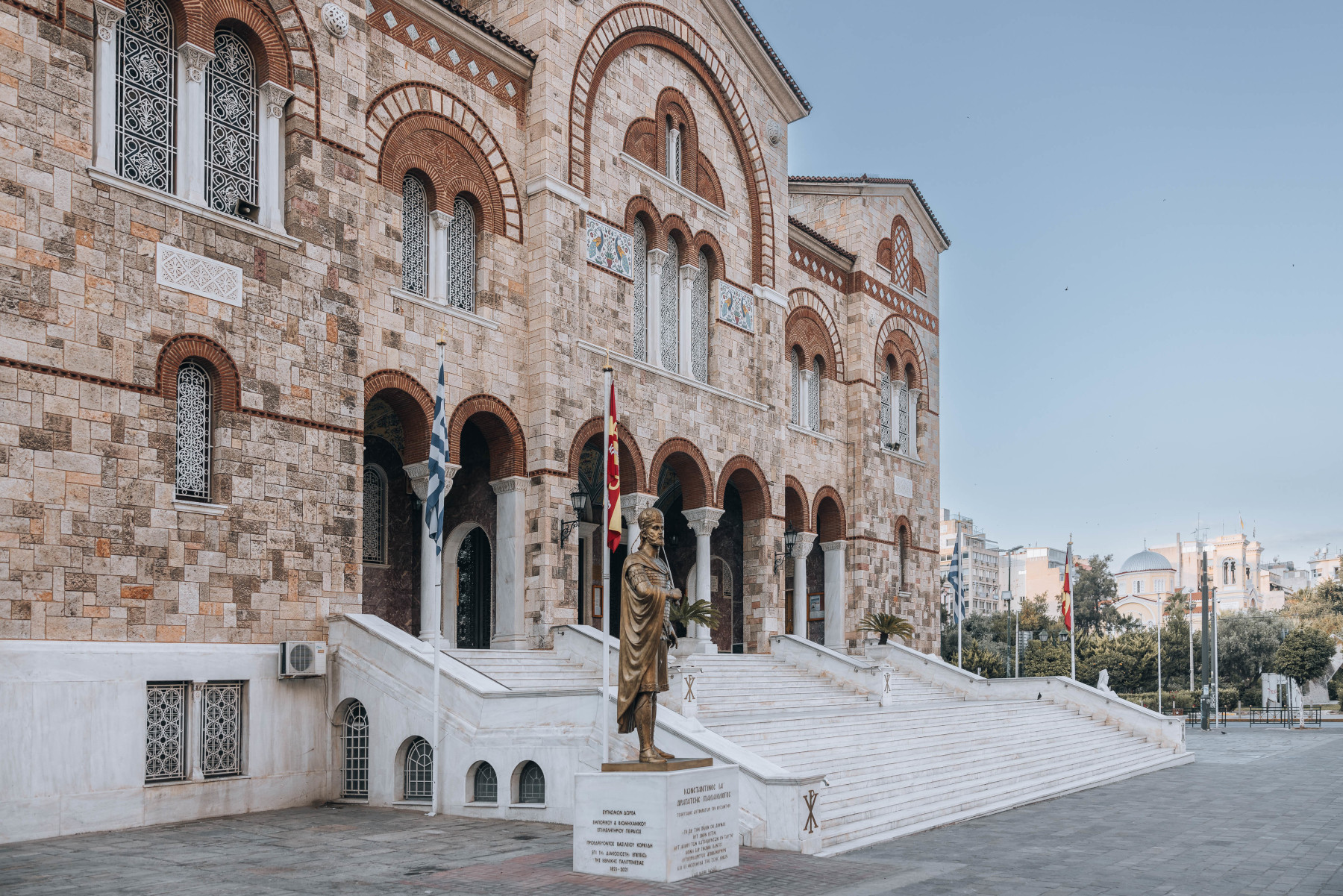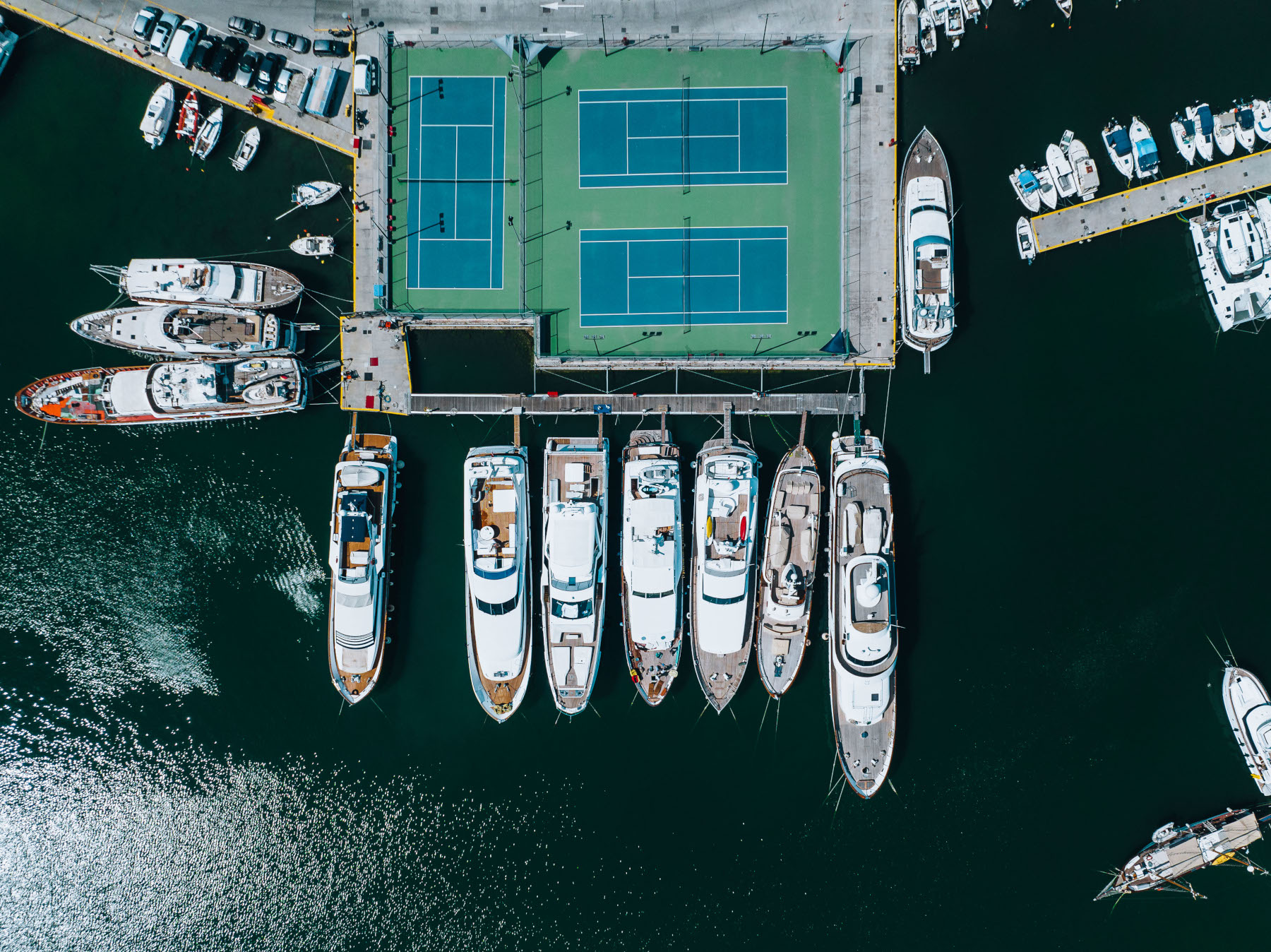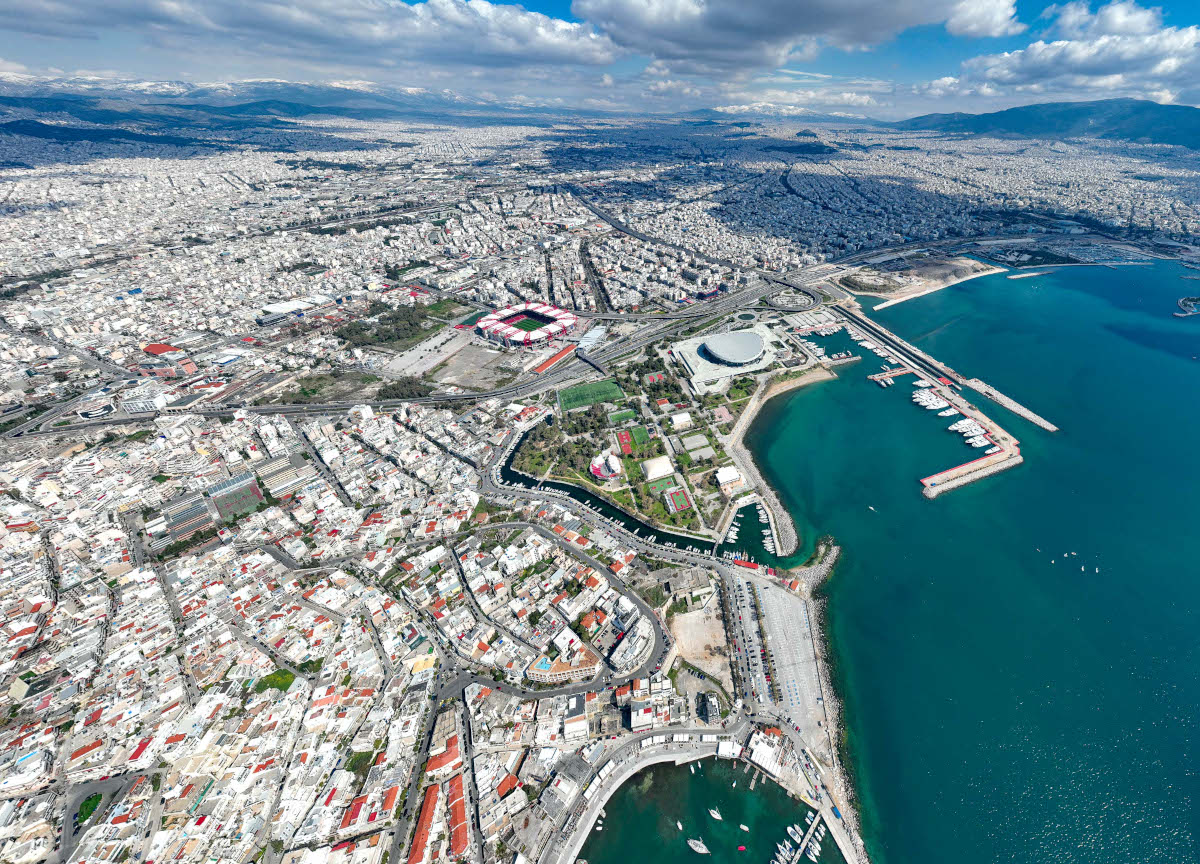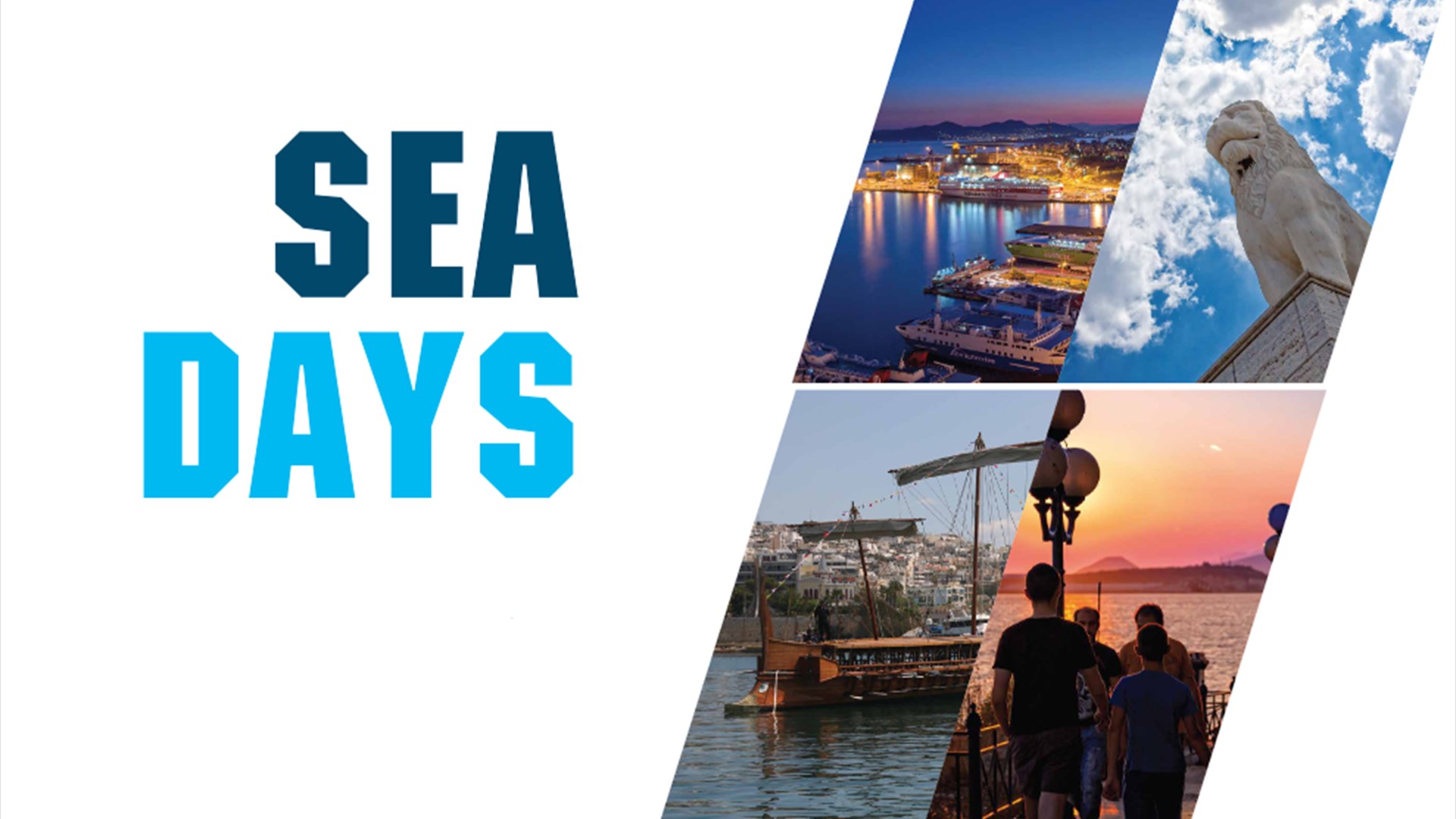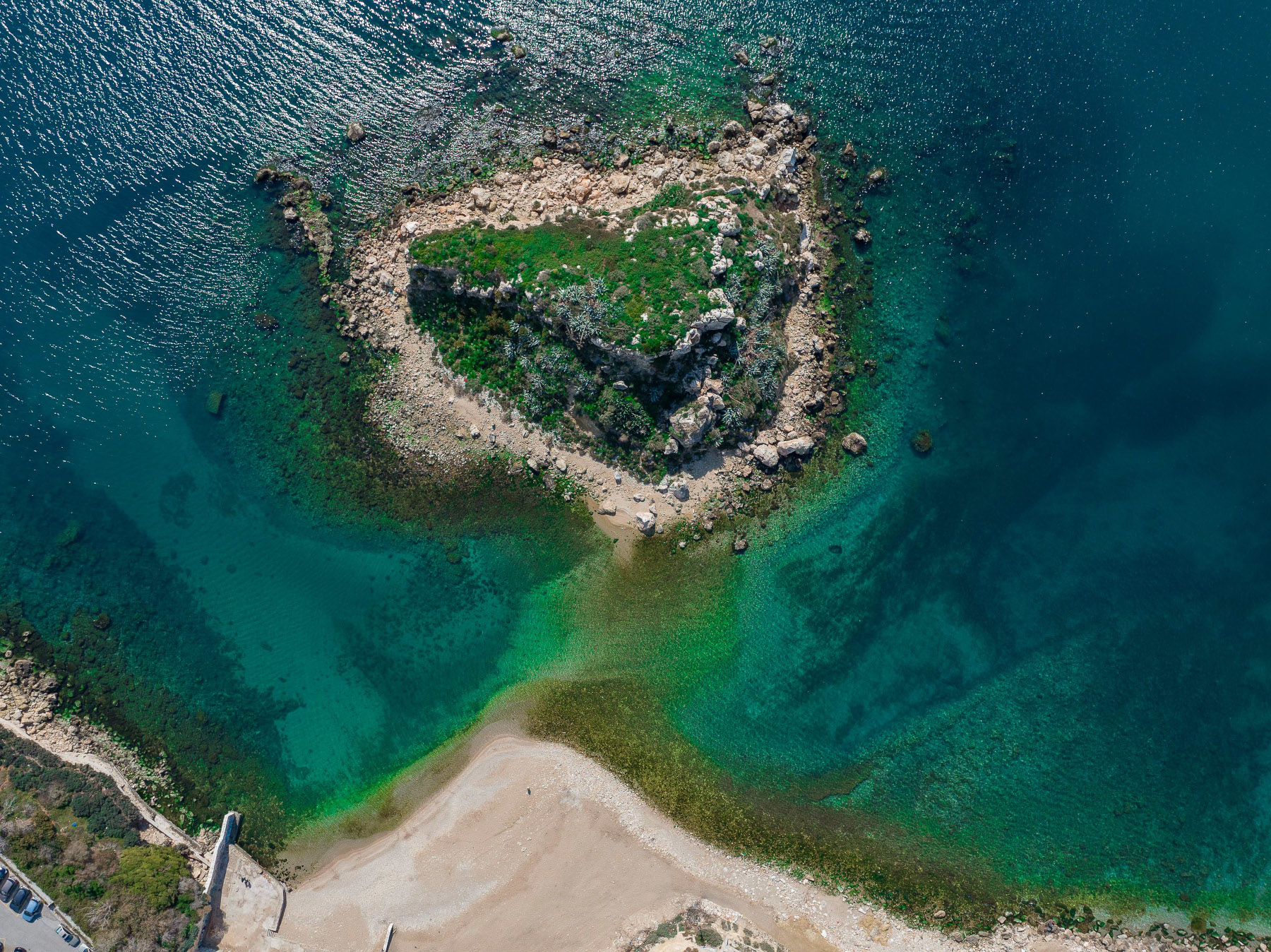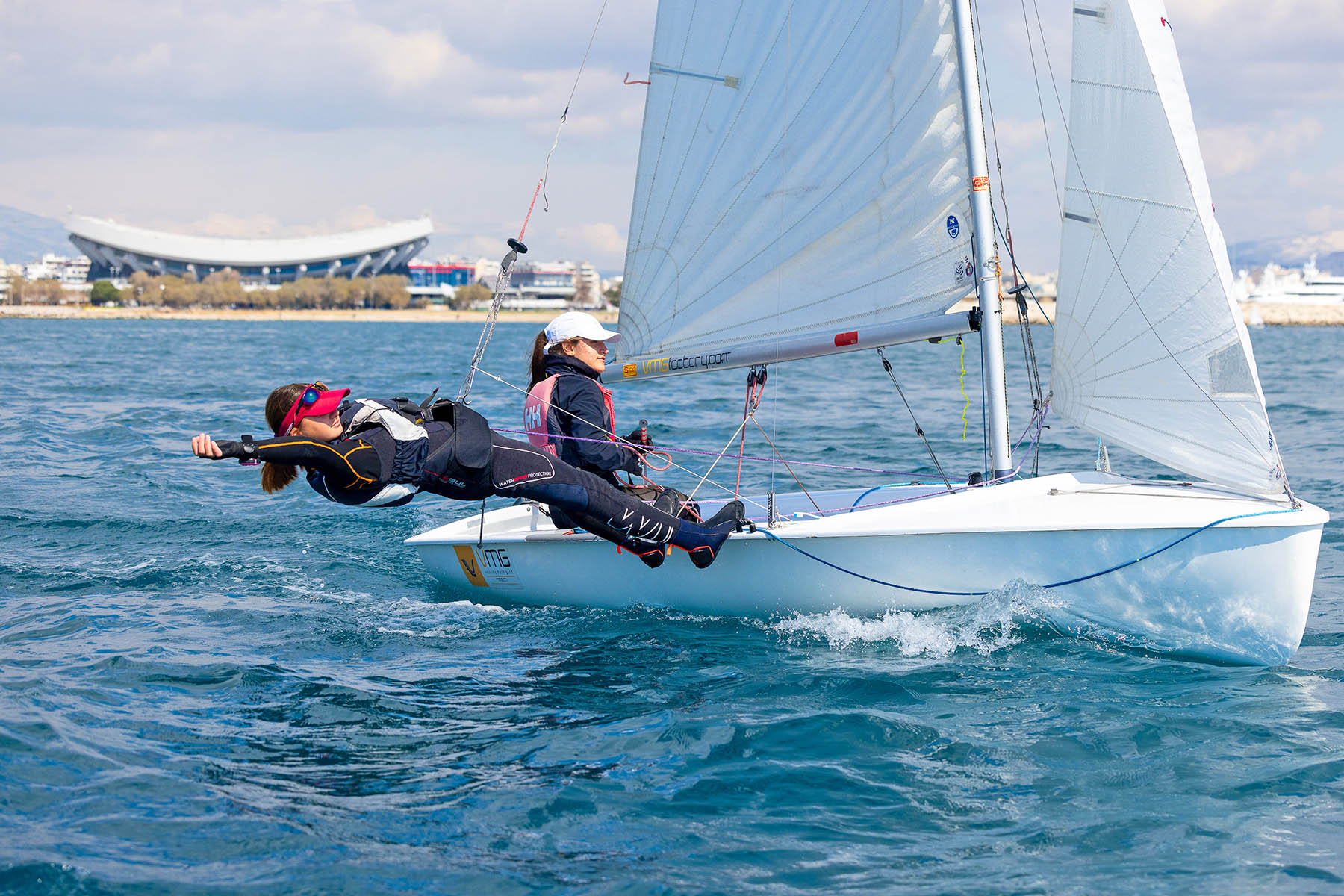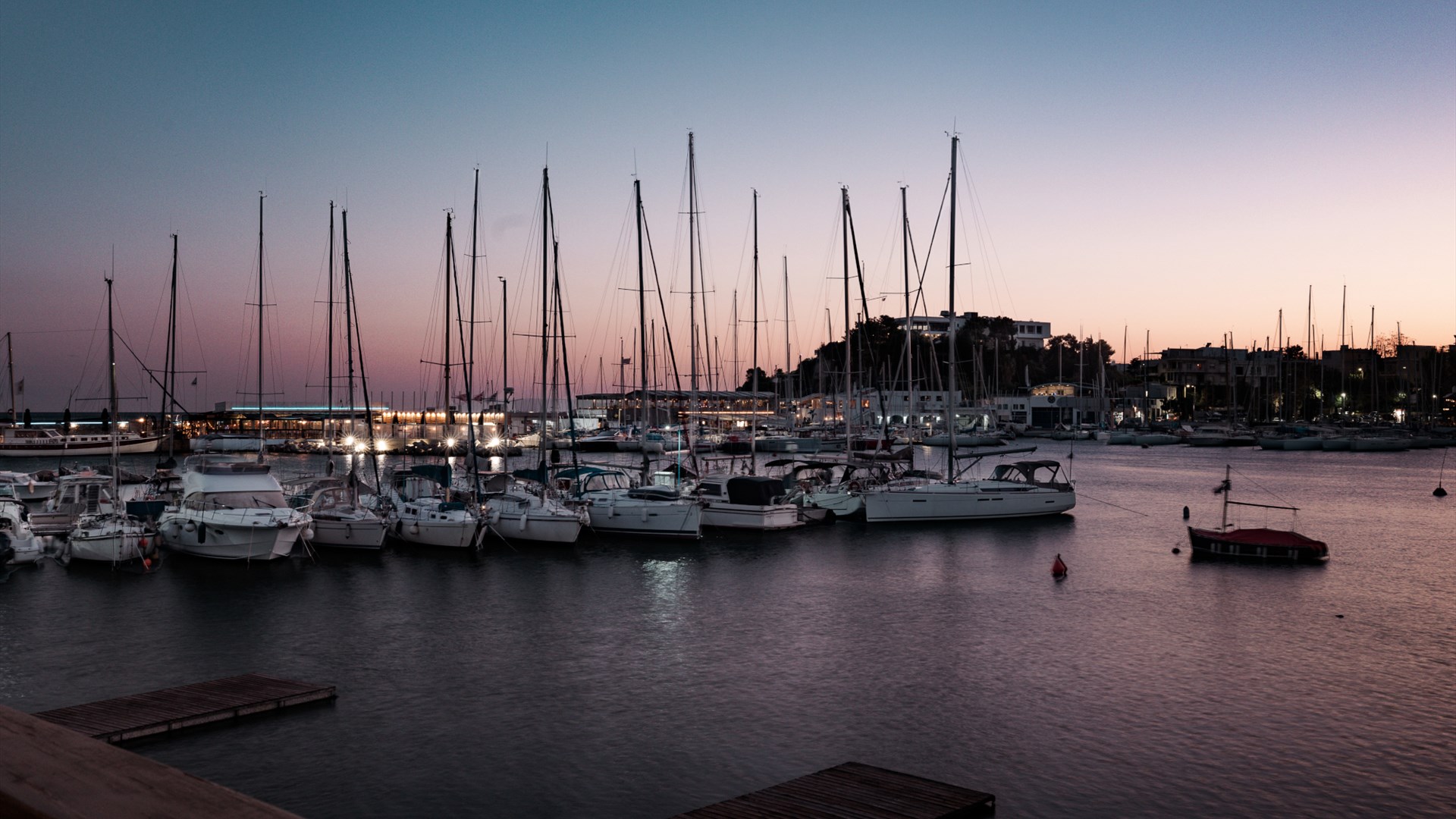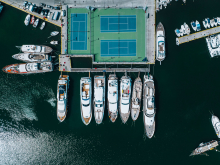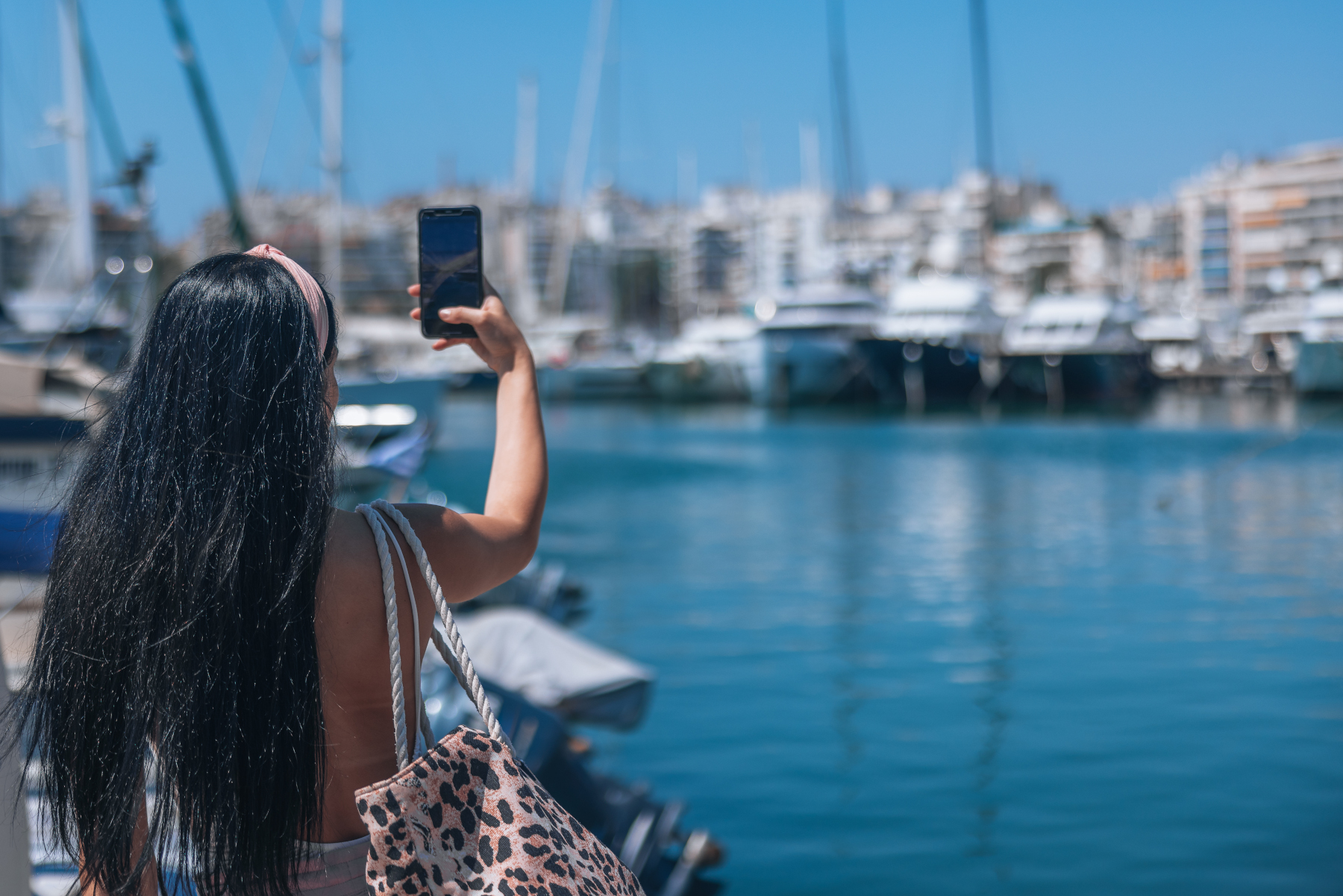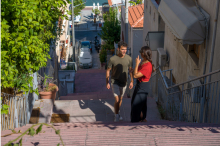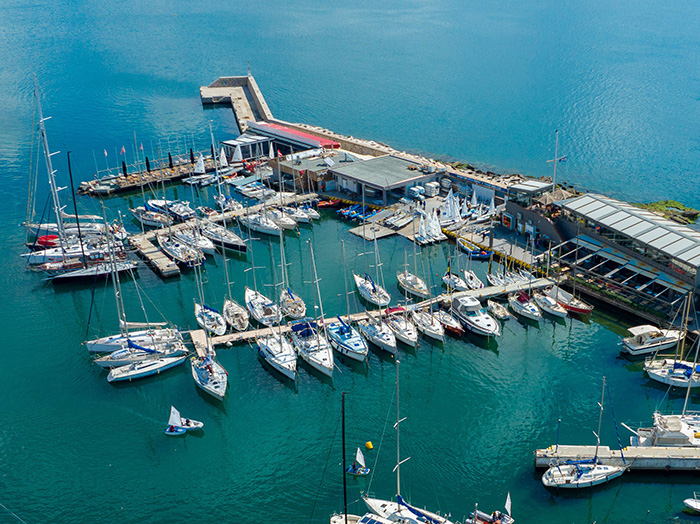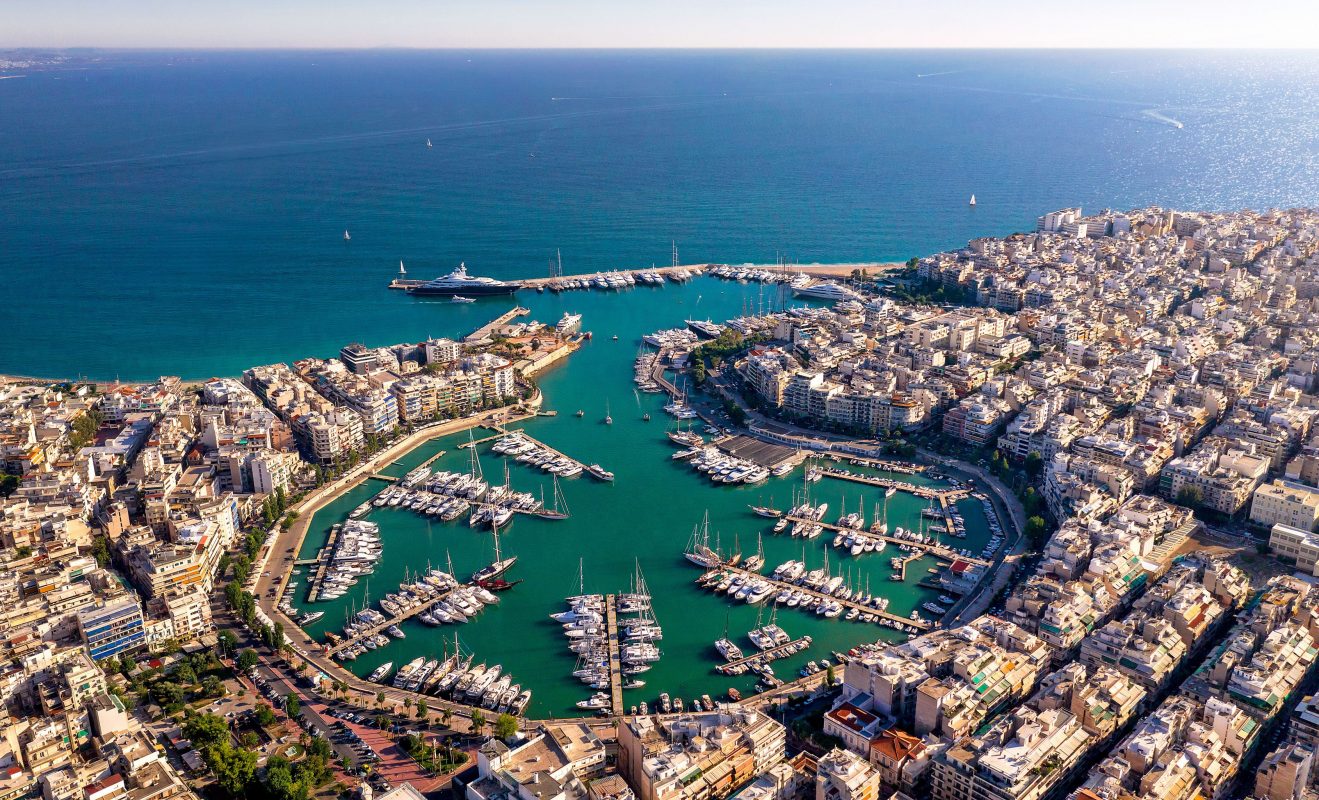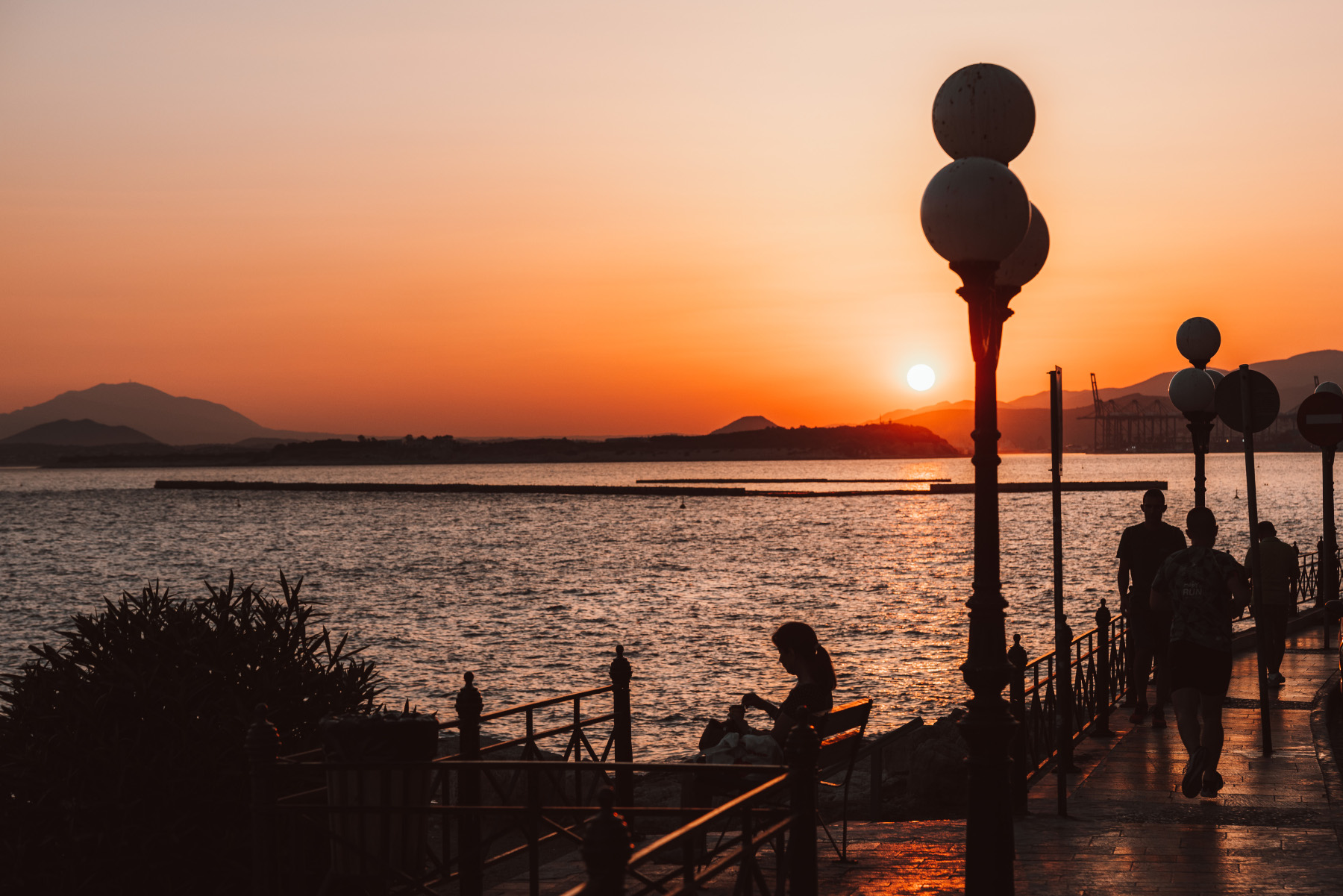Piraeus of the 19th and 20th century.
From the 19th century to the present day, the history of the port is so rich in events and significant for the commerce and industry of Greece that it is difficult to summarize in a few lines.
Let's choose the following:
In 1834, with the transfer of the capital to Athens from Nafplio, the newly formed state turned its attention to the development of the port. The Chians from Syros came - wealthy families who would become the emerging commercial and industrial bourgeoisie of Piraeus - and the Hydriots
Why was its significance so great? It was the emporium of Athens and a hub of three major trade routes in the Mediterranean: for grains from the Black Sea and Alexandria, for the export trade of Turkey, Egypt, Greece, Persia, and Southern Russia to Western Europe. For the importation of industrial products from England and other industrial countries to Turkey, Persia, and Greece. Later, with the opening of the Suez Canal, it became a center for ship repairs and refueling.
In a few words, it was at the crossroads of major maritime routes in the region. As long as there were no developed land roads in Greece, ships, and later railways, made the Port of Piraeus the "beginning of everything"!
For this very reason, of course, it also suffered. It was bombed many times during World War II and the Occupation by Italians, Germans, British, and Americans, and thousands of residents were left homeless.
Which industries developed in the port: Between 1835 and 1930, significant industries were established here, and warehouses were created for storing products that were imported and distributed in the country or produced and exported. Thanks to the large industrial buildings that are preserved, and several of them are starting to be renovated for reuse, you can get a sense of the era. In 1852, the port became a center for the collection and storage of wheat, leading to the establishment of flour mills. By 1900, there were 50 flour mills operating in the city. Some manufacturers also produced pasta. There were also confectionery factories producing halva, tahini, Turkish delight, and candy. Near the port, pottery workshops, textile factories, silk production facilities, and spinning mills developed. From 1870-1874, Piraeus established its cotton and textile industry, with 34 textile mills still operating in 1920. Raisins were the primary raw material in distilleries, and their easy supply from the port led to the growth of this industry. In 1900, nine distilleries were operating, including the two largest ones known for significant exports: "S. and A. Metaxas" and "T. and N. Pipinelis." Of course, during all these years, shipyards, both large and small, developed, and major shipping companies opened agencies here starting from 1875. Alongside them, various types of machine shops flourished. In 1880, with the use of steam in shipping, the industry progressed even further.
Imagine the scene: The port of Piraeus with refugees and immigrants coming and going "to foreign lands." With merchants, bankers, politicians, shipowners, and the working class. The port was a melting pot of social classes and inequalities, with people from Greece and other foreign countries, each with different cultures, customs, tastes, and expectations. An industrial labor city that gazed enviously at neoclassical mansions and sang its sorrows in rebetika music. The port of Piraeus was always in motion, constantly changing: growth, decline, and growth again. The national port that became connected through railways and later roads to the rest of Greece and eventually merged with Athens and its surrounding region into a single urban space.
In 1930, with the establishment of the Piraeus Port Authority (OLP) and the development of infrastructure, the port embarked on a new journey in the 20th century.
And today? Modernized, with continuous investments in improving its infrastructure, it remains the "link" connecting mainland Greece with the islands of the Saronic Gulf, the Aegean, and Crete. It is also the European Union's main maritime gateway in the southeastern part of the region.
That's why, from time to time, we still say, "Let's go to the port!" And we can mentally hear Melina Mercouri's voice: "No matter how hard I look, I can't find another harbor, that has made me as crazy as Piraeus..." These lyrics are from Manos Hatzidakis's Oscar-winning 1961 song from the iconic Jules Dassin film "Never on Sunday."
In 1930, with the establishment of the Piraeus Port Authority (OLP) and the development of infrastructure, the port embarked on a new journey in the 20th century.








